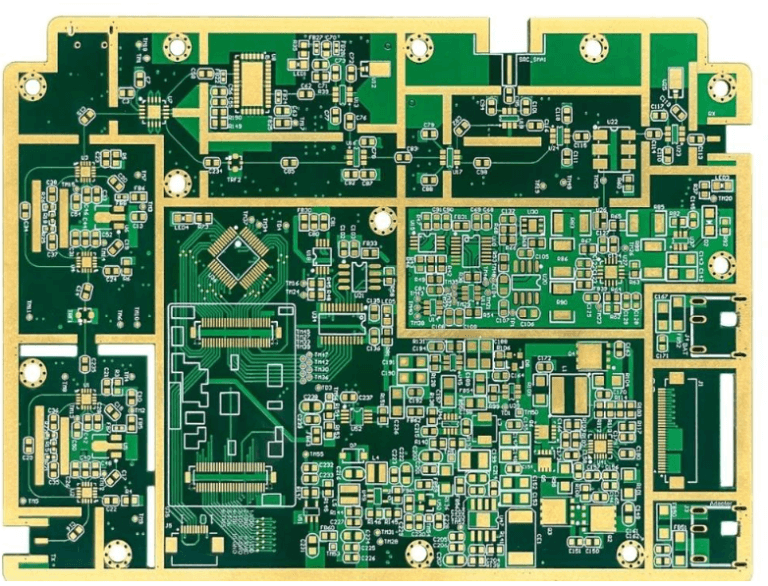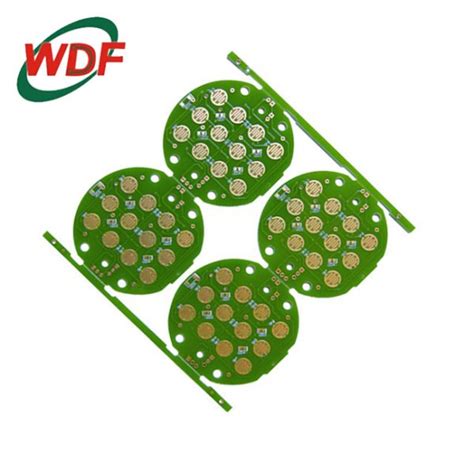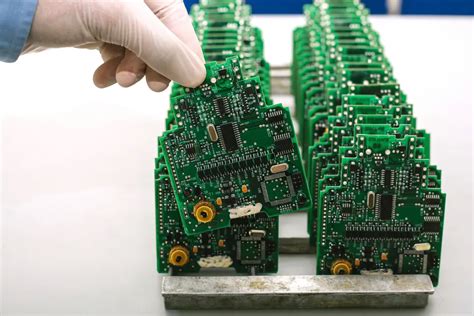Innovative Approaches to Flex Board Fabrication and Design

Key Takeaways
In your exploration of flex board fabrication, it’s crucial to grasp the various aspects that lead to successful outcomes in this specialized field. One of the primary lessons is the importance of understanding the complexities involved in pcb manufacturing. You’ll find that pcb manufacturing companies emphasize the necessity of innovative design strategies and material selection, as these factors significantly influence both performance and conformability. The pcb manufacturing cost often varies based on the materials chosen and the layout techniques employed, which can directly impact your project’s budget.
When you consider innovative layout techniques for enhanced conformability, it becomes evident that you must think ahead about manufacturing processes. You can manage costs better by comparing rigid versus flexible circuit applications and understanding their unique benefits. Additionally, keep in mind the role of stiffeners in flex PCB design; they provide essential structural support without compromising flexibility.
To stay ahead in this dynamic landscape, it’s advisable to consider case studies that illustrate successful implementations of flex PCB designs. These examples not only showcase what is achievable but also guide you in making informed decisions for your own pcb manufacturing business.
"Inflexibility is not just a limitation; it can be an opportunity for creative solutions."
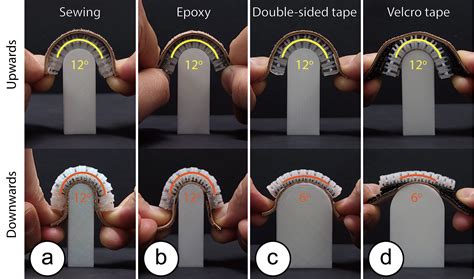
Understanding the Basics of Flex Board Fabrication
When diving into flex board fabrication, it’s essential to grasp the fundamental principles that govern this dynamic field. Flexible printed circuits, or flex boards, offer distinct advantages over traditional rigid boards, particularly in applications requiring adaptability and lightweight solutions. The process begins with selecting appropriate materials; typical choices include polyimide or PET, which provide ideal properties for flexibility and thermal stability. Understanding the pcb manufacturing process is critical, as it involves intricate steps such as lamination, drilling, and etching to ensure precision in design.
One of the primary challenges that you may face in the realm of pcb manufacturing is achieving a balance between flexibility and durability. As you navigate these complexities, consider collaborating with reputed pcb manufacturing companies that specialize in flexible designs. They can offer insights into overcoming issues related to stress points and potential failures during operation.
Furthermore, you must also factor in cost considerations when evaluating your options. The pcb manufacturing cost can vary significantly based on material selection and production techniques. By taking a proactive approach to understanding these factors, you can optimize your pcb manufacturing business strategy for flexibility without compromising on quality or performance.
Here’s a brief overview:
| Factor | Consideration |
|---|---|
| Materials | Polyimide, PET |
| Design Challenges | Flexibility vs. durability |
| Cost Factors | Material selection and processing techniques |
Grasping these basics allows you to make informed decisions as you explore innovative approaches to flex board fabrication and design.
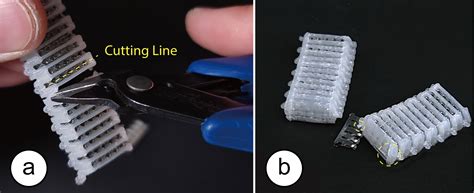
Challenges in Designing Flexible Printed Circuits
When embarking on the journey of designing flexible printed circuits, you will encounter a myriad of challenges that can affect the overall success of your project. One of the primary hurdles is achieving a balance between flexibility and durability. You must consider how the circuit will be used in its intended application, as this can dictate the materials you select and the fabrication processes employed. The intricacies involved in pcb manufacturing mean that you need to work closely with pcb manufacturing companies that are well-versed in handling the complexities of flexible circuits. Additionally, designing for tight spaces while ensuring signal integrity becomes increasingly important, particularly as electronic devices continue to shrink in size.
The pcb manufacturing cost is another critical factor to take into account. You will need to strategize on how to optimize your design without compromising on quality or performance, which can often lead to increased expenses. Moreover, temperature fluctuations and mechanical stress can also impact your designs; therefore, you must rigorously test your prototypes under various conditions before finalizing your production methods.
Incorporating innovative layout techniques can mitigate some of these challenges, but they require a well-thought-out planning phase where collaboration with experts in the field becomes essential. Ultimately, dealing with these challenges head-on will enable you to create effective solutions that meet both functional and economic criteria in your pcb manufacturing business.
Material Selection for Optimal Performance in Flex Boards
When delving into flex board fabrication, selecting the right materials is crucial for achieving optimal performance. Various substrates, such as polyimide and polyester, are commonly used due to their excellent thermal stability, flexibility, and mechanical strength. In addition to substrate materials, conductive inks and adhesives also play a pivotal role in ensuring reliability and effectiveness in flexible printed circuits. As you assess the different options available from various pcb manufacturing companies, consider the balance between cost-effectiveness and performance offered by each material choice. The pcb manufacturing cost can vary significantly based on these selections, making it essential to weigh your priorities against budgetary constraints. For instance, while premium materials may lead to higher initial investment costs for your pcb manufacturing business, they often provide superior longevity and functionality in the long run. Understanding how these choices impact the overall design—and ultimately the success of your flexible printed circuit applications—is key to navigating today’s competitive landscape in circuit design. Quality material selection not only enhances performance but also ensures that your product meets industry standards and client expectations, solidifying your position in this evolving market.

Innovative Layout Techniques for Enhanced Conformability
In the realm of flexible printed circuit boards (PCBs), the layout techniques employed play a crucial role in achieving enhanced conformability. You’ll discover that creative design choices can significantly improve the performance of flex boards. For instance, optimizing the traces and their layout can greatly influence not only the electrical performance but also the overall durability of your PCB design. As you delve deeper into pcb manufacturing, consider how techniques such as controlled impedance routing and minimizing via usage can lead to cost-effective solutions. You may find that collaborating with reputable pcb manufacturing companies allows for a wealth of knowledge regarding innovative layout strategies that enhance flexibility while addressing thermal management and minimizing signal loss. Moreover, implementing advanced software tools for simulation helps visualize how your layout interacts with materials during assembly, which is essential when considering pcb manufacturing cost. By incorporating these advanced techniques into your design phase, you elevate your work to meet dynamic industry demands while contributing positively to pcb manufacturing business practices. Such strategic approaches not only promote efficiency but also ensure that your final product exhibits outstanding conformability, paving the way for future advancements in flexible electronic applications.
The Role of Stiffeners in Flex PCB Design
In the realm of pcb manufacturing, particularly for flexible printed circuit boards (PCBs), the integration of stiffeners plays a pivotal role. These stiffeners, often made from materials such as polyimide or FR-4, provide essential mechanical support for the flexible substrate. They help mitigate flexing and bending, ensuring that critical components remain securely anchored and extend their operational lifespan. When selecting a stiffener, considering the pcb manufacturing cost is crucial, as higher-quality materials may lead to increased expenses but deliver superior performance, ultimately proving beneficial for long-term use.
Your choice of stiffening materials and techniques can significantly influence not only the rigidity but also the overall reliability of your flex board design. In engaging with various pcb manufacturing companies, it is wise to inquire about their expertise in integrating stiffeners within flex designs. This will ensure that your designs not only meet functional requirements but also align with industry standards for durability and flexibility.
Moreover, strategic placement of these stiffeners can enhance ease of handling during assembly and facilitate better stress distribution throughout the board. As you explore options for your pcb manufacturing business, keep in mind that an innovative approach to stiffener implementation can lead to reduced maintenance and repair costs, thereby enhancing the efficiency of your entire production process. By striking the right balance between flexibility and rigidity, you can take full advantage of what flexible printed circuits have to offer in various applications across diverse industries.
Future Trends in Flex Board Technologies
As you look into the future trends of flex board technologies, several key developments are poised to reshape the landscape of pcb manufacturing. One notable trend is the increasing demand for lighter and more compact designs, prompting manufacturers to explore advanced materials that enhance flexibility and durability. Innovative techniques in flex board fabrication are evolving, driven by the need for higher performance in increasingly sophisticated applications. Companies in the pcb manufacturing business are investing heavily in automated processes to decrease pcb manufacturing costs, ensuring that they stay competitive while meeting stringent market demands. Furthermore, sustainability is becoming a significant focus, with more pcb manufacturing companies seeking eco-friendly materials and processes to appeal to environmentally conscious consumers. As you navigate these trends, it’s essential to stay informed about advancements that not only improve efficiency but also offer enhanced design options for flexible printed circuits, ultimately contributing to your project’s success.
Comparing Rigid vs. Flexible Circuit Applications
When assessing the merits of rigid and flexible circuit applications, you may find that each type serves distinct purposes based on their unique characteristics and potential applications. Rigid circuits, with their stability and durability, are ideal for environments requiring consistent structural integrity, such as traditional electronic devices or automotive components. In contrast, flex boards provide unparalleled advantages in terms of conformability, allowing them to fit into compact spaces and adapt to various shapes—qualities particularly beneficial in portable electronics and medical devices.
One significant factor influencing your decision may be the pcb manufacturing cost associated with each type. Generally, rigid PCBs tend to have a lower initial investment due to established manufacturing processes and lower material expenses. However, for complex and dynamic applications where movement is a factor, investing in flexible circuit technology can lead to overall savings by reducing assembly time and enhancing performance durability.
Moreover, collaborating with expert pcb manufacturing companies often reveals innovative design approaches that can leverage the strengths of flexible circuits. You might want to consider how these advancements can elevate product performance while accommodating your specific design challenges. In many cases, employing flexible circuits leads to streamlined assemblies by integrating multiple functionalities into a single component, ultimately benefiting your project efficiency.
As you weigh these options, examining real-world applications may provide insight into how other sectors are successfully utilizing both rigid and flexible circuits. This comparative analysis not only enriches your understanding but also sets the groundwork for informed decision-making pertaining to your pcb manufacturing business objectives.

Case Studies: Successful Implementations of Flex PCB Designs
In the realm of flex board fabrication, numerous companies have garnered success through innovative flex PCB designs that showcase the adaptability of flexible printed circuits across various industries. For instance, a renowned pcb manufacturing company developed a medical device that required intricate sensor placements and a highly compact design. Utilizing advanced layout techniques, they were able to minimize the overall space utilized while maximizing functionality, thus leading to a significant reduction in overall pcb manufacturing cost. Another example relates to an automotive supplier who faced challenges with weight constraints and limited space in vehicle design. By turning to flexible circuits, they not only met the required specifications but also enhanced performance through innovative material selection that improved both durability and efficiency. These case studies illustrate how understanding the key aspects of pcb manufacturing can result in transformative applications, particularly when balancing cost considerations against performance needs in the competitive landscape of the pcb manufacturing business. The success seen in these implementations underscores the potential for greater innovation and investment opportunities within the flexible printed circuit sector.
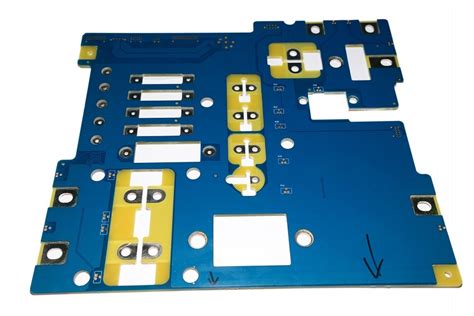
Conclusion
In summary, the progression in flex board fabrication brings forth a myriad of opportunities and challenges for professionals in the field. As you navigate the landscape of pcb manufacturing, understanding the nuances of flexible printed circuits will be vital for your success. The selection of appropriate materials is not only crucial for performance but also influences the overall cost efficiency of your pcb manufacturing business. Moreover, staying abreast of innovative layout techniques can significantly enhance conformability, allowing for optimal performance in various applications. By considering factors such as the role of stiffeners and comparative analysis between rigid and flexible circuits, you can make informed decisions that elevate your work. With evolving trends and technologies in pcb manufacturing, you’re encouraged to explore and leverage these advancements to stay competitive within the industry. The integration of these insights will not only enhance your projects but also contribute to reducing pcb manufacturing costs, ultimately positioning you as a key player among top pcb manufacturing companies.
FAQs
What is flex board fabrication?
Flex board fabrication involves the process of creating flexible printed circuits (PCBs) that can bend and conform to various shapes while maintaining functionality. This technology is essential for devices with limited space or unique designs.
What challenges are faced in designing flex boards?
Designing flex boards presents challenges including material selection, ensuring durability during bending cycles, and optimizing trace layout to prevent failure. You must also consider factors like thermal management and stress distribution.
How does material selection affect flex board performance?
The choice of materials plays a critical role in flex circuit performance. Using high-quality substrates can enhance flexibility, thermal stability, and electrical performance. It’s essential to choose materials that align with the specific demands of your application.
What are innovative layout techniques for flex boards?
Innovative layout techniques, such as minimizing trace length and strategically placing components, can significantly enhance conformability and performance. These methods not only save space but also reduce potential mechanical stress on the circuit.
Why are stiffeners important in flex PCB design?
Stiffeners provide additional support to specific areas of a flex PCB that may require rigidity. By integrating stiffeners where necessary, you enhance structural integrity while preserving overall flexibility where needed.
For those interested in diving deeper into pcb manufacturing, or seeking reliable pcb manufacturing companies, please click here: Andwin PCB Manufacturing


